“We preserved our fraud prevention strength and rebuilt trust with users at the same time.”
“We preserved our fraud prevention strength and rebuilt trust with users at the same time.”
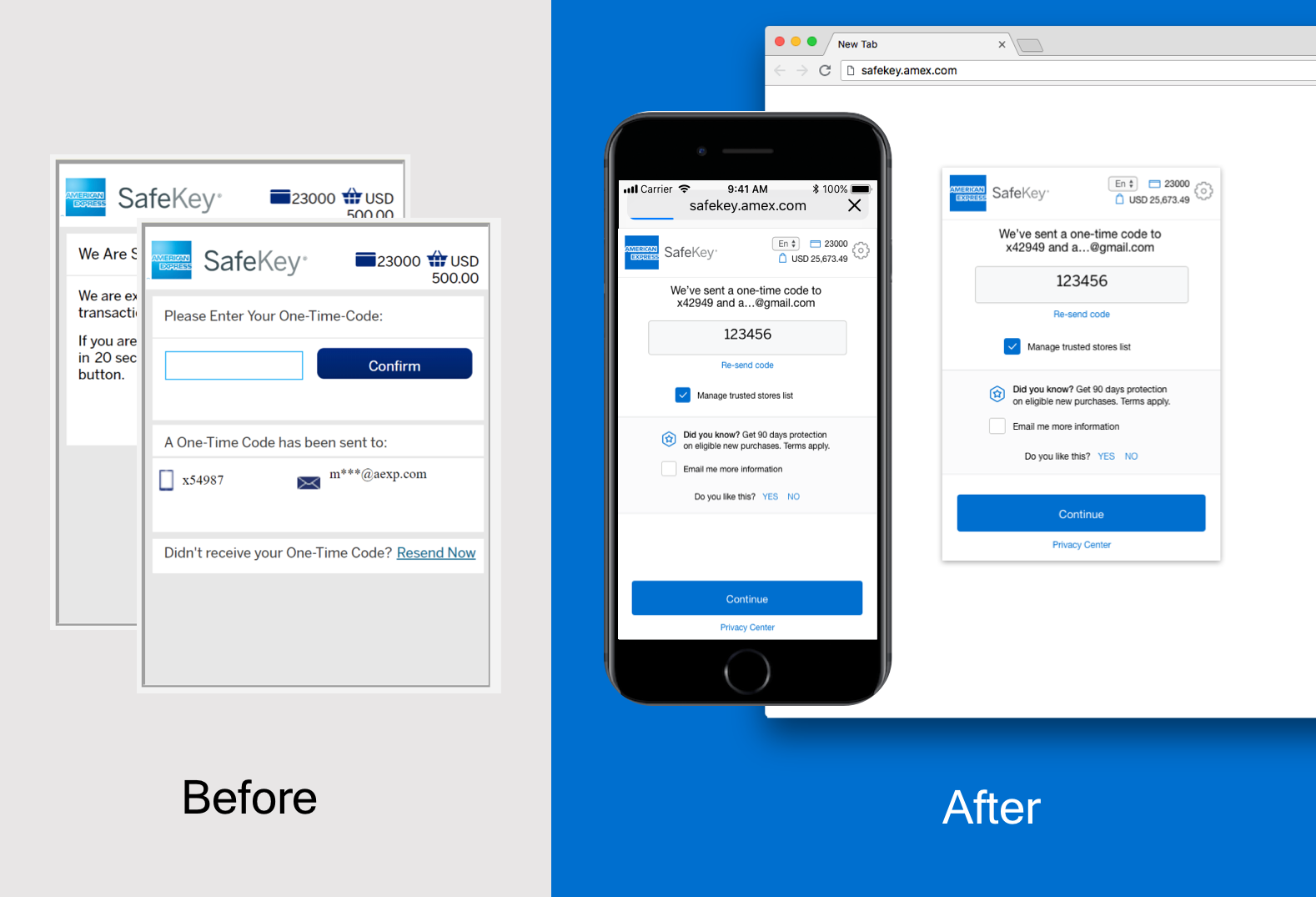
American Express SafeKey was a critical security checkpoint during online checkout, but the user experience was failing. Customers were abandoning their purchases at alarming rates due to confusion, distrust, and a jarring redirect.
My Role
As Senior User Experience Architect, I led the full redesign of the authentication experience. This included discovery, journey mapping, design, prototype testing, and rollout. The result was a 70% reduction in abandonment without compromising security.
SafeKey was doing its job from a security perspective, but it introduced serious user experience problems:
The redirect happened after card submission at checkout. Users were moved to a separate site with inconsistent visuals, ambiguous status messages, and unclear next steps. Many closed the window before returning to complete the transaction.
I conducted a full analysis of the current flow to identify failure points.
Findings showed that the redirect moment created a break in user trust. Users were not prepared, the interface did not feel secure, and the process lacked context or reassurance.
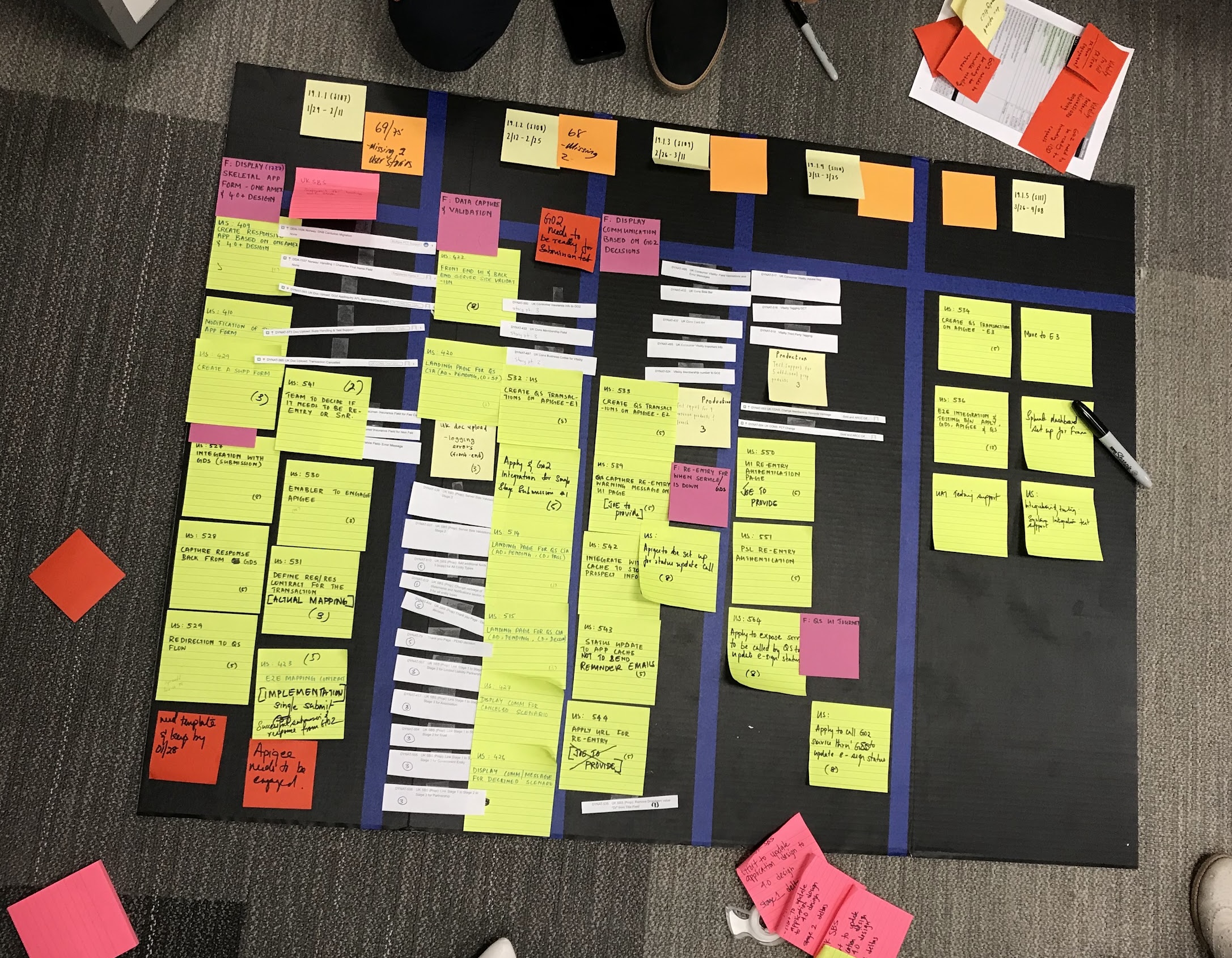
To validate assumptions and deepen insight, I co-led a structured research initiative.
The redirect violated most users’ sense of a safe checkout. They expected to remain within the visual context of the merchant. When this was broken, they lost confidence and abandoned the flow.
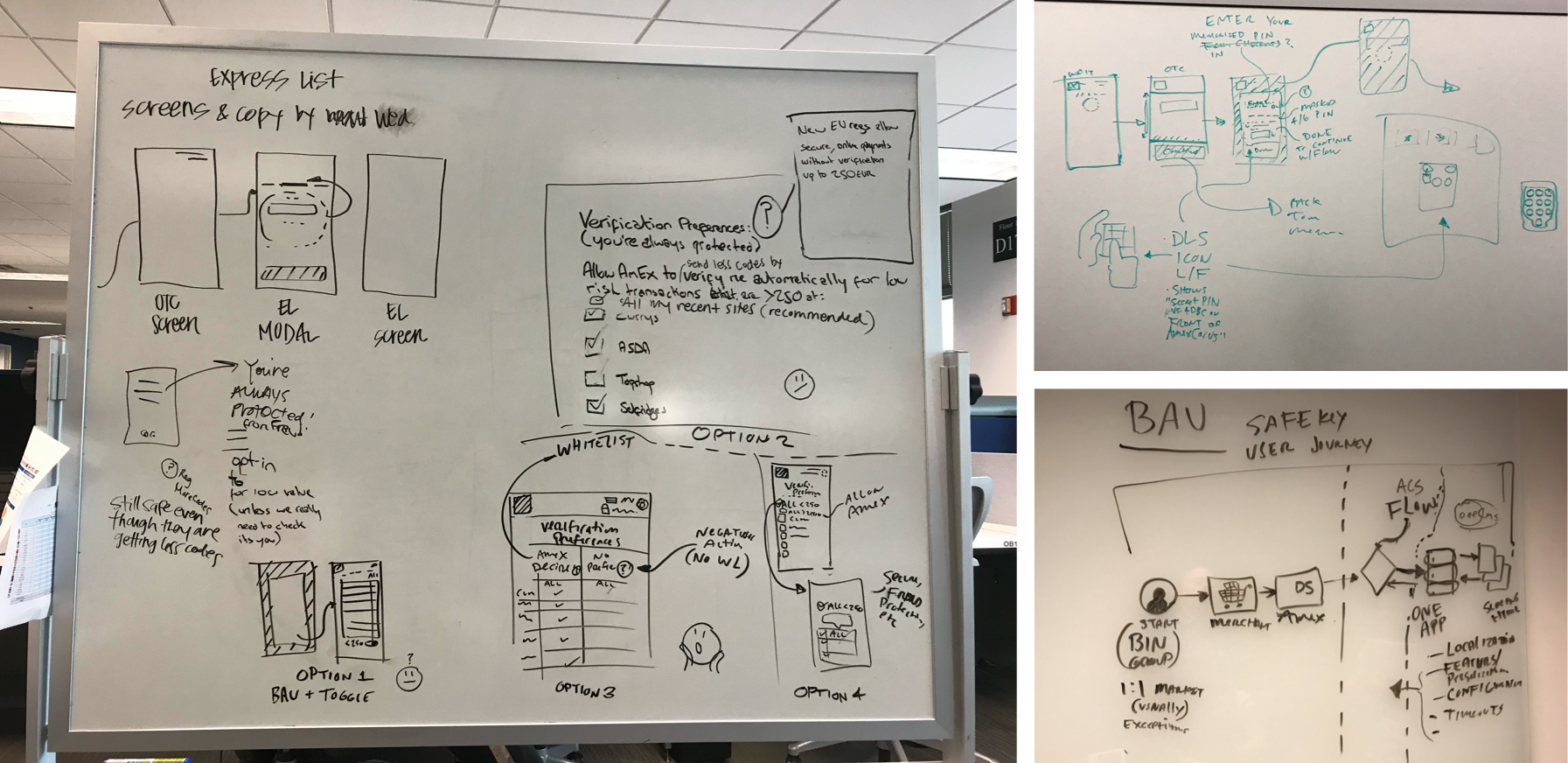
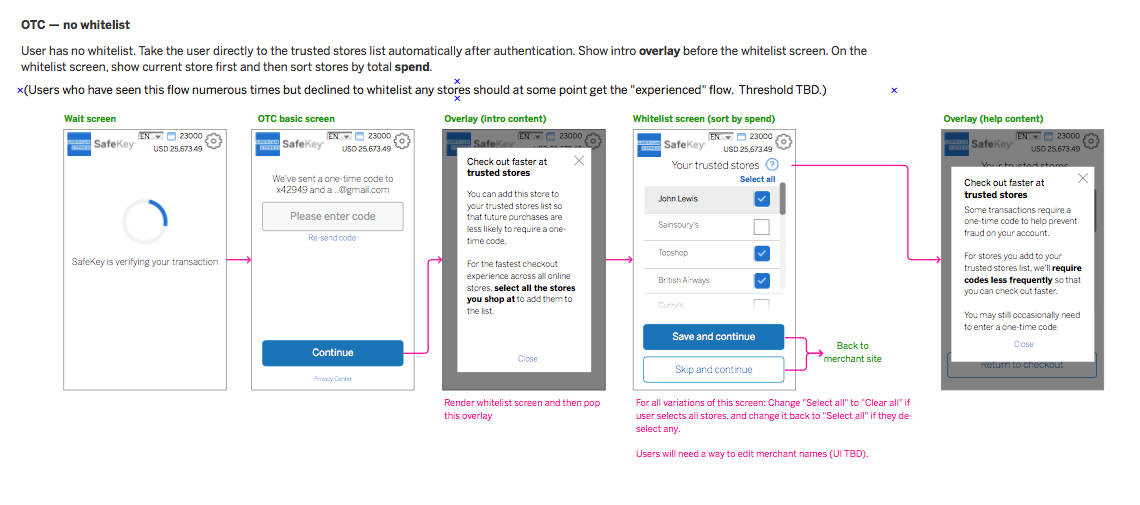
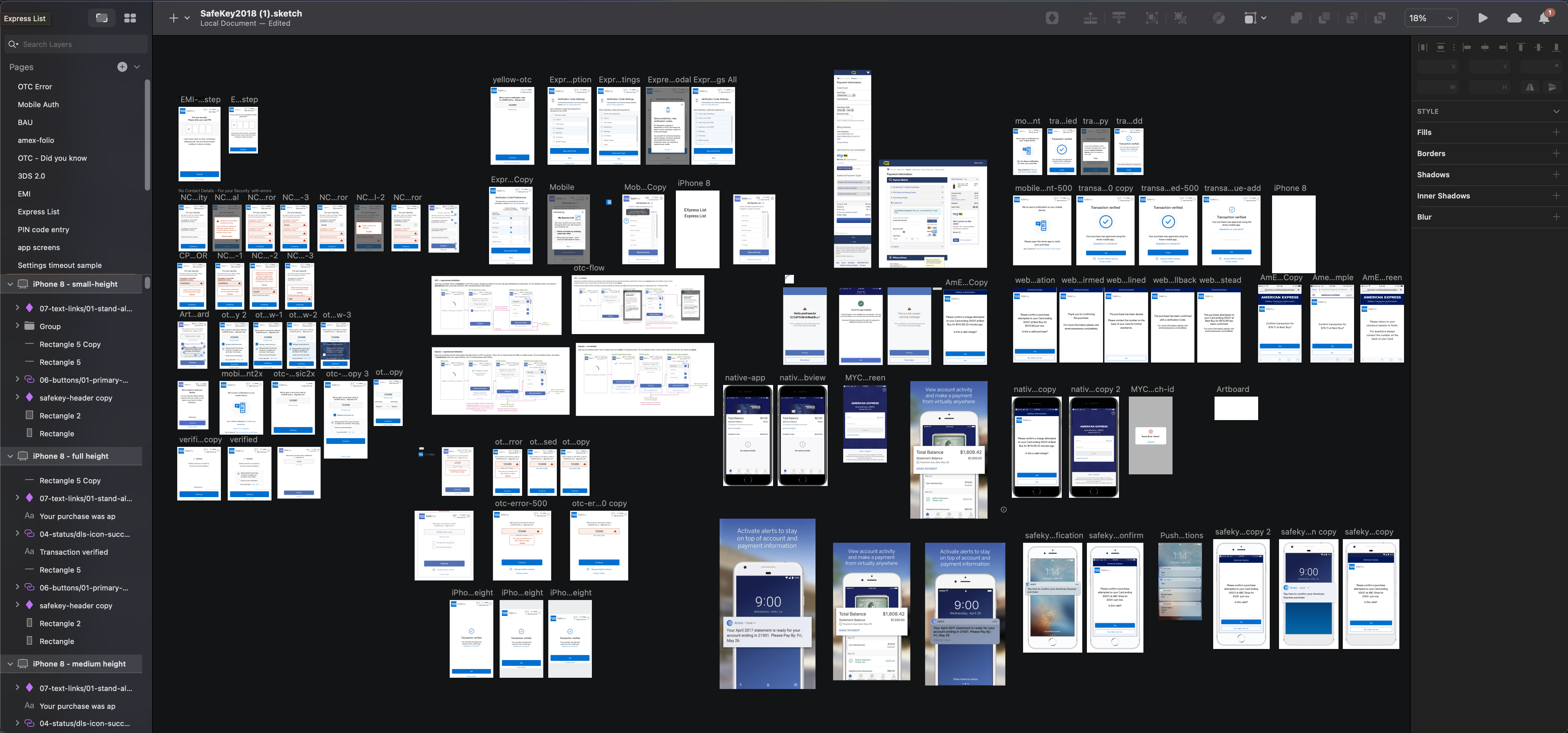
In response, I explored multiple design directions to fix trust and flow issues.
Key changes included pre-authentication messaging, merchant branding carryover, and progress indicators during SafeKey steps.

We tested the most promising designs through moderated sessions and simulated checkouts.
The winning concepts were those that prepared the user for the redirect, reassured them during authentication, and made the return path obvious and seamless.
I worked cross-functionally with development and security teams to implement the redesigned experience.
The phased launch ensured that we could monitor progress and course-correct if needed.

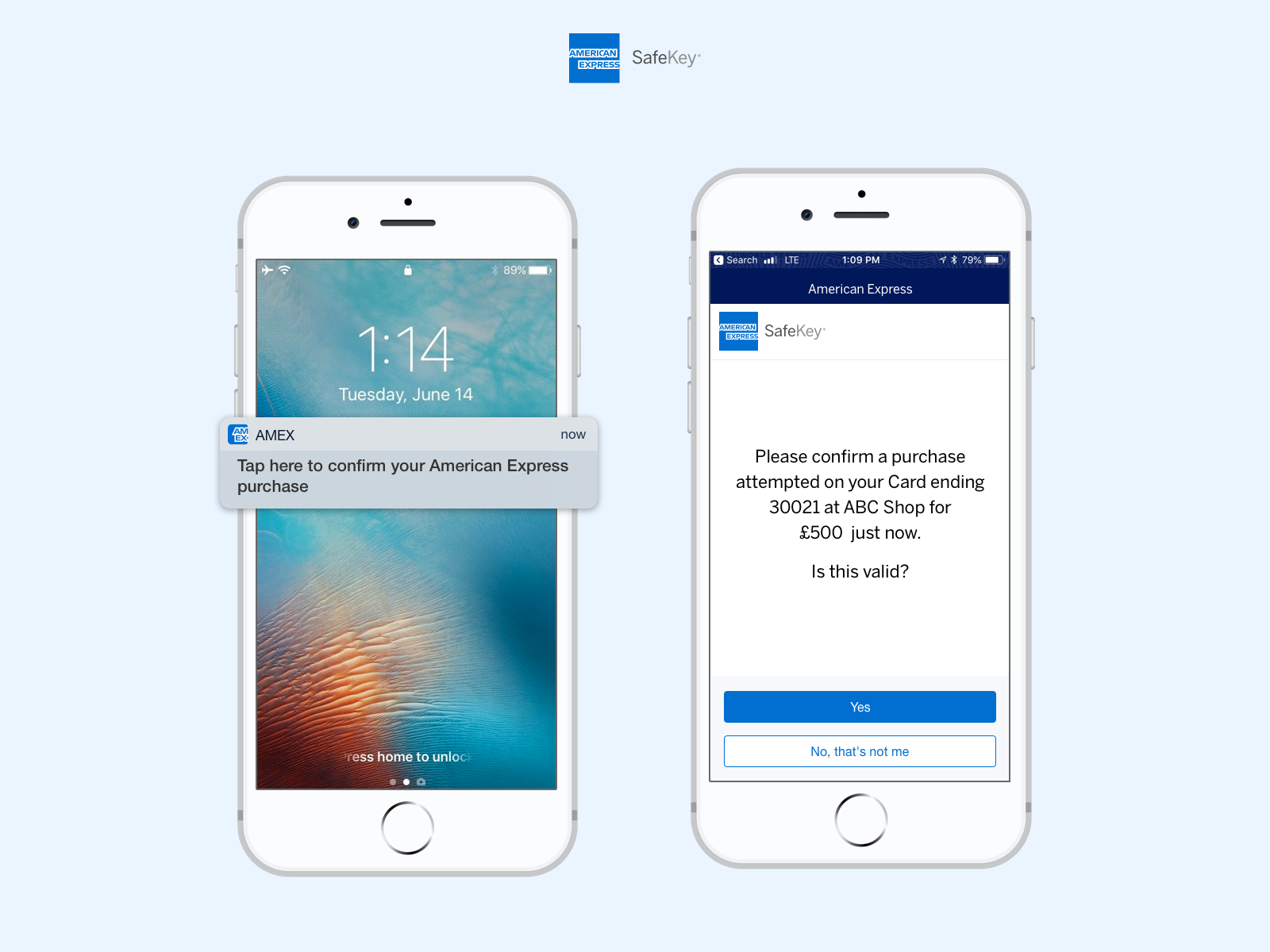
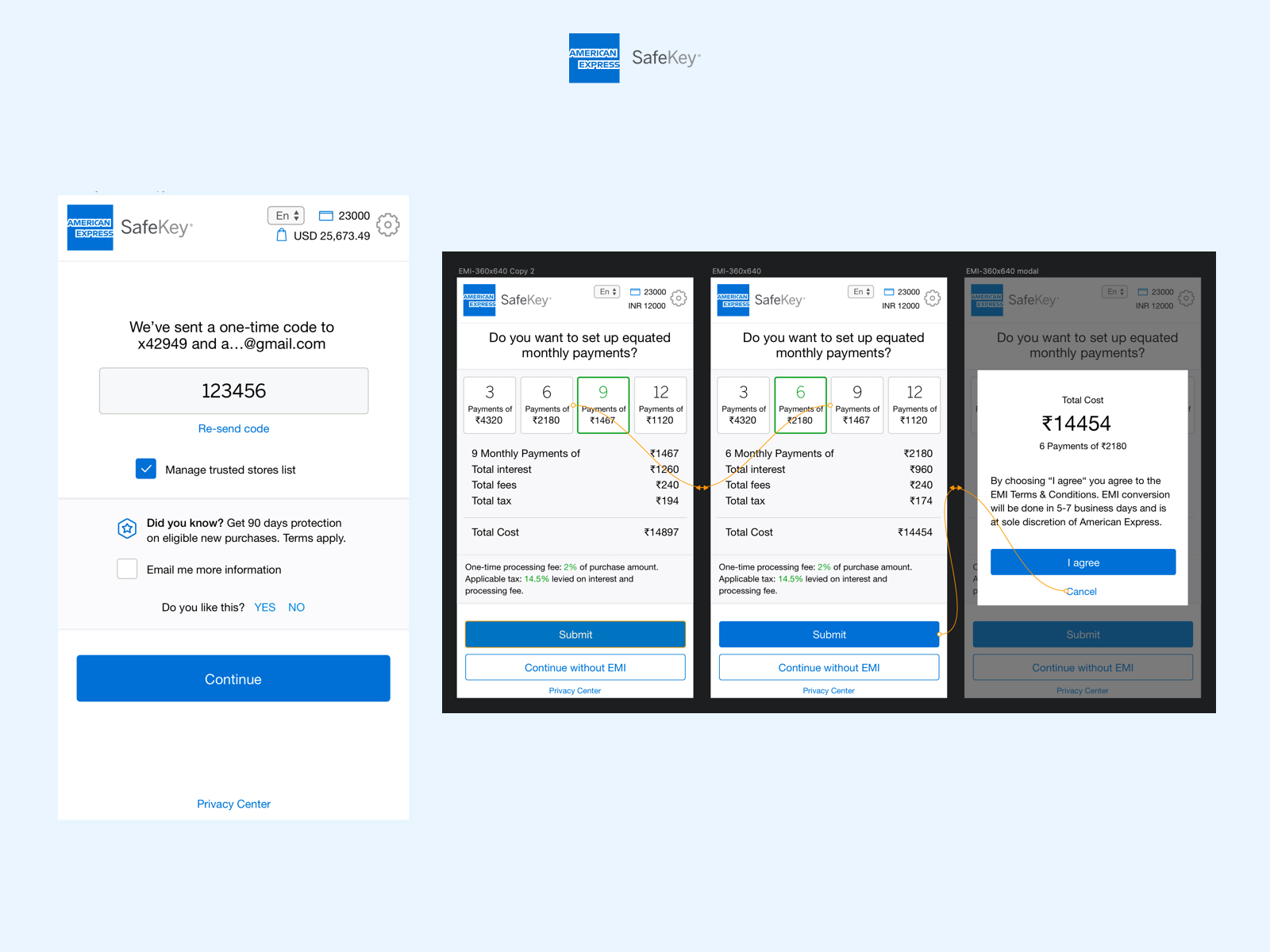
The new SafeKey experience achieved strong results through:
Security and UX can align
A secure experience can also be a trusted one
Context is powerful
Setting expectations before a redirect changes user behavior
Visual continuity matters
Familiar design reduces friction in high-stakes flows
Realism in testing is critical
Authentication UX must be tested in credible transactional scenarios
Cross-team partnerships drive success
Working with security, product, and dev ensured feasibility and adoption
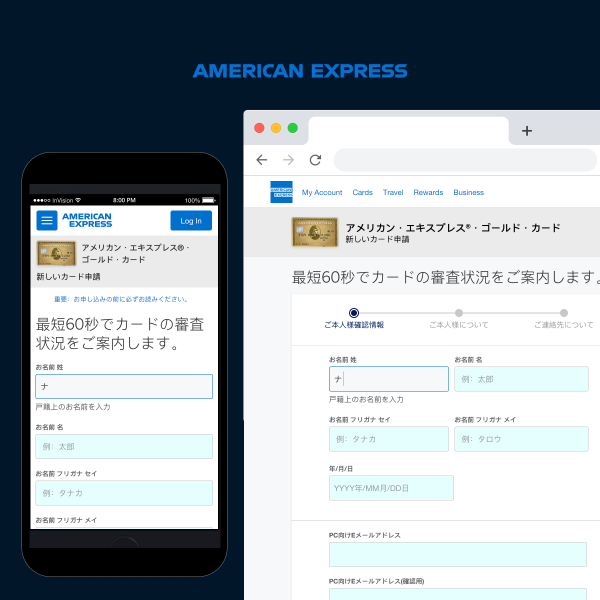
Redesigning Global Card Applications, Driving 1.2M+ Adoptions
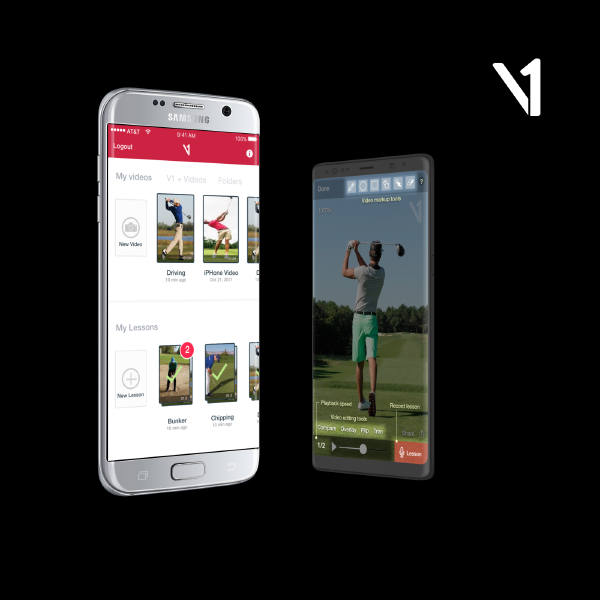
Redesigning Video Analysis for 4M+ Users Worldwide
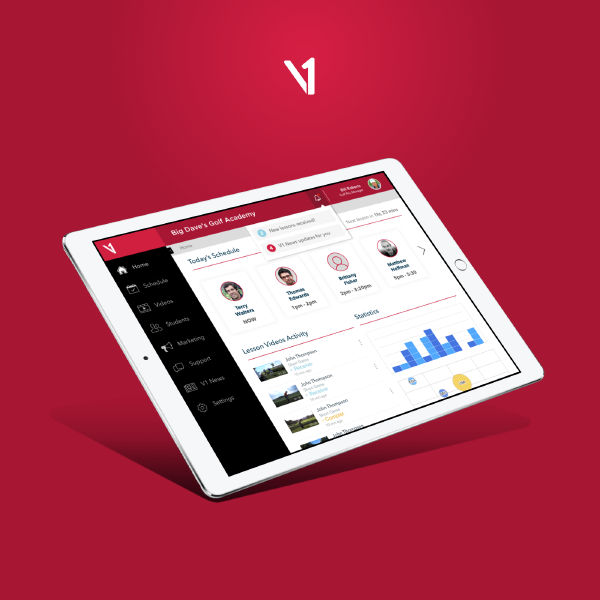
Transforming Client Management for Golf Professionals
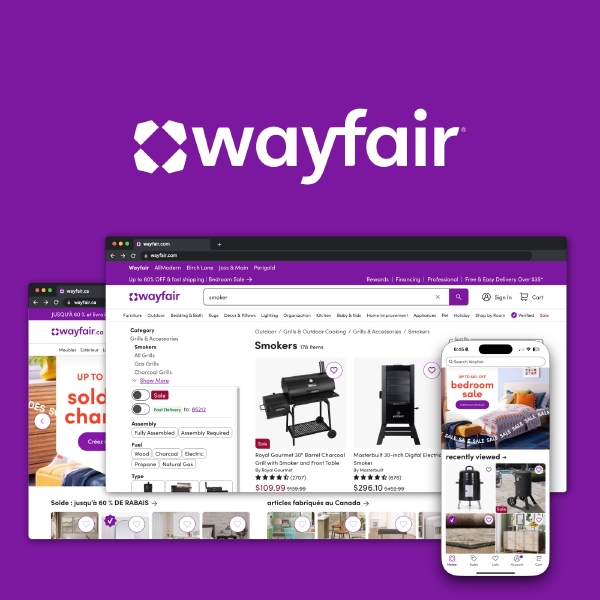
Leading a $100M Digital Transformation
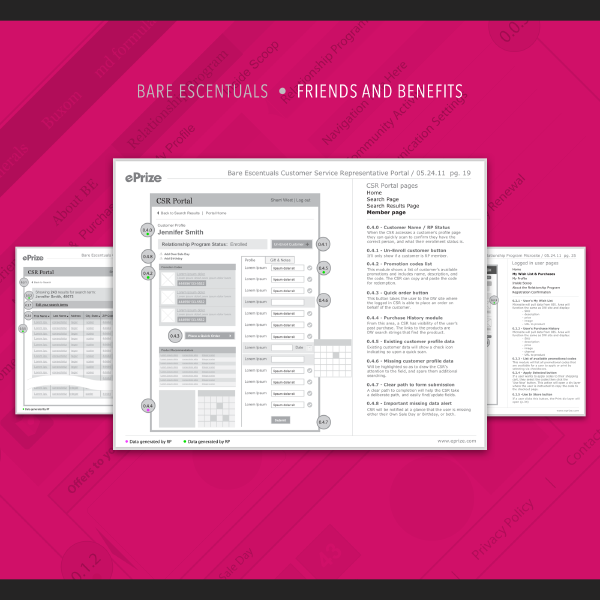
Designing a 13-Year Running Multi-Channel Customer Experience